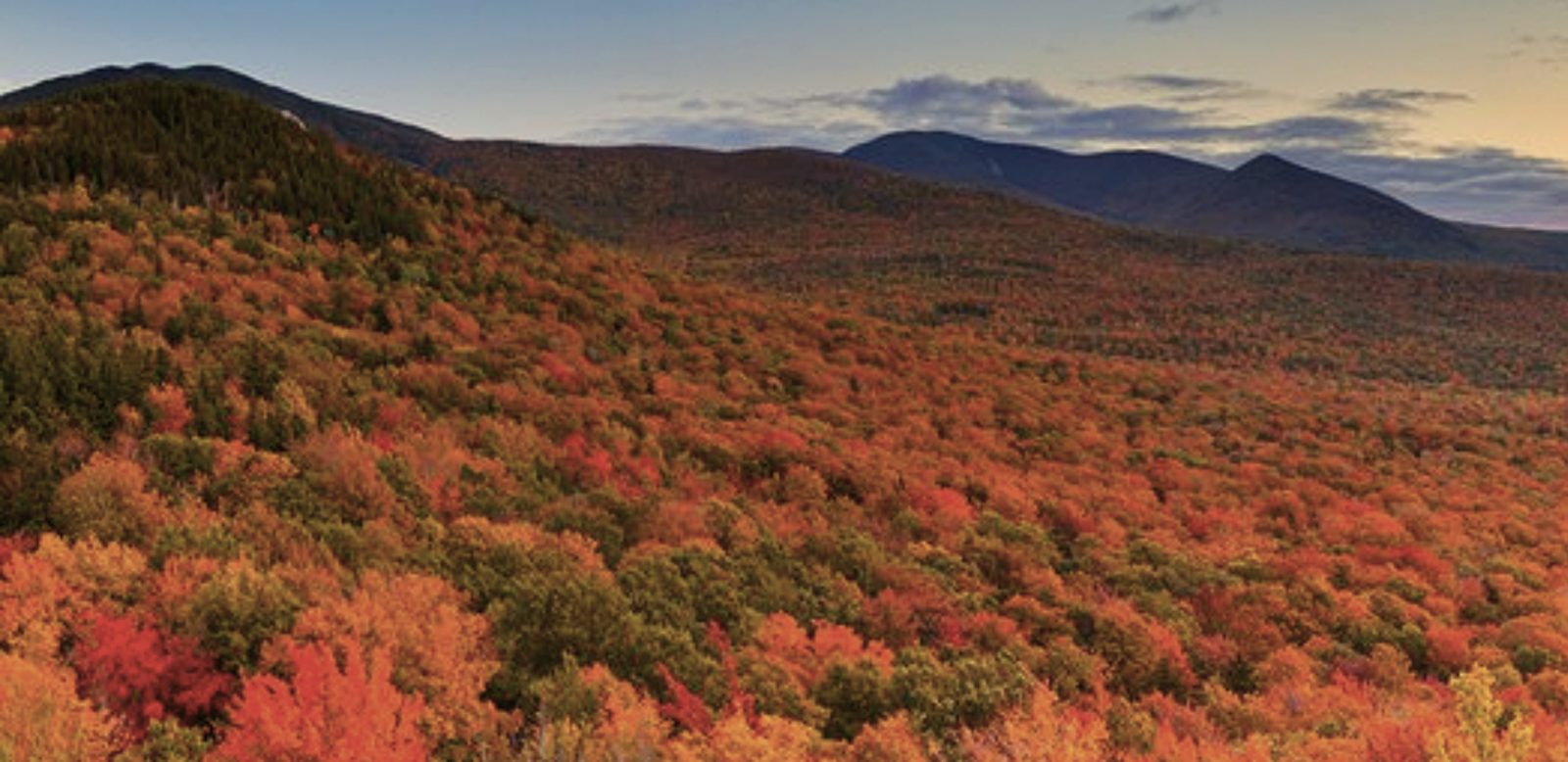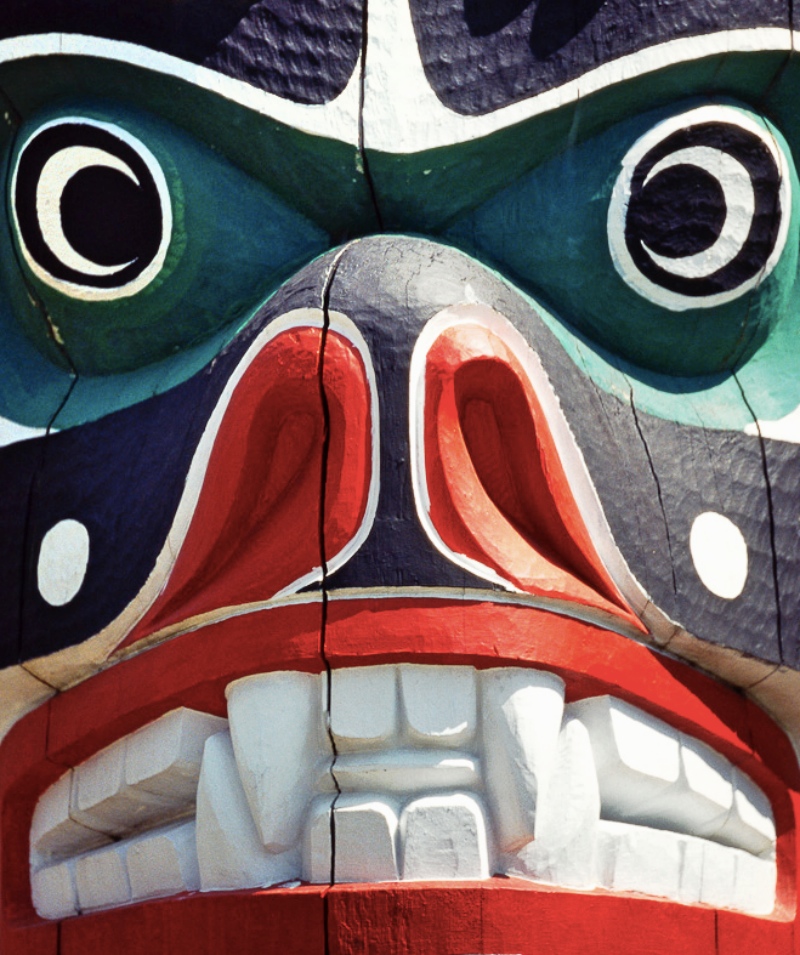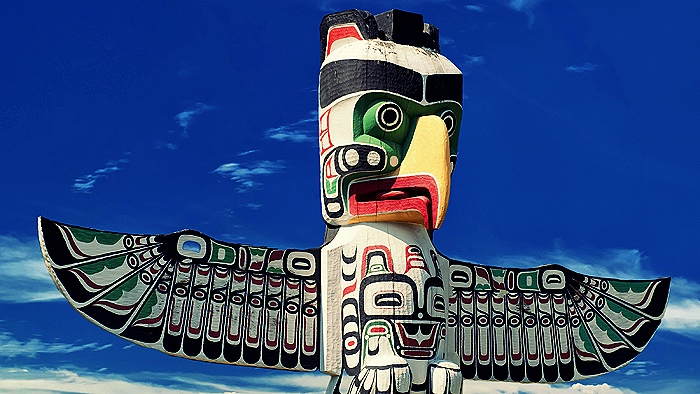
Rising out of the coastal mist, the totem poles of the Pacific Northwest and Alaska stand as witnesses of a rich and ageless heritage. The word “totem” is derived from the Algonkian word Dodem, originally meaning “to be related to someone”.
Despite early misunderstanding by European missionaries, totem poles were not worshiped; they were silent storytellers. There was no written language. The meaning of many totem poles is lost with time. Understanding the symbolism and stories hidden within the totem pole is more than a simple exercise in learning the ascribed meanings of the figures. They are laden with meaning and tell stories, commemorate events, stand as funerary monuments or in some cases to shame people.
Shame poles are erected to shame individuals or groups usually for unpaid debts Shame poles are taken down once the person has made amends. In 2007, Alaskan wood carver Mike Webber unveiled his “Shame Pole” to mark the 18th anniversary of the Exxon Valdez oil spill, which devastated the area and ruined lucrative herring and salmon fisheries. The pole conveys the horrific story of the spill: sea ducks, a sea otter and eagle float dead on oil. A sick herring with lesions is featured. A boat for sale with a family crew on board, commemorating fishermen who went belly up, and a bottle of alcohol to remind people that Joe Hazelwood, who was captain of the Exxon Valdez was drinking before turning the helm of the ship over. Topping the pole is the upside-down face of former longtime Exxon CEO Lee Raymond, sporting a Pinocchio-like nose.
What is a man without the beasts? If the beasts were gone, men would die of a great loneliness of spirit. For whatever happens to the beasts happens to man. All things are connected. Chief Seattle (c. 1786 – 1866)
Animals and other characters carved on the pole are typically used as symbols to represent characters or events in a story.Common animal figures found on totem poles include the raven (a symbol of The Creator), the eagle (representing peace and friendship), the killer whale (a symbol of strength), the thunderbird, the beaver, the bear, the wolf and the frog.
Native beliefs further explain that a totem animal is one that is with you for life, both in the physical and spiritual world. Though people may identify with different animal guides throughout their lifetimes, it is this one totem animal that acts as the main guardian spirit. With this one animal, a connection is shared, either through an interest in the animal, characteristics, dreams, or other interaction.
For some, knowing what is their totem animal is almost an innate process. It’s as if they’ve always known, inexplicably drawn to the animal or having a special feeling for the animal’s energy. For others, they wonder how to tell what their animal totem is.
f you’re wondering what your animal totem is you may want to ask yourself if you have ever felt drawn to one animal or another without being able to explain why? Or does a certain kind of animal consistently appear in your life?
http://www.support-native-american-art.com/native-american-totem-images.html
Just as the original donors intended, the preservation and display of these objects have provided a lasting memorial to their cultural heritage. Alaska’s totem poles are more than 100 years ago and remain powerful symbols that draw people to Alaska and provide a tangible link to the past.
Comments
Powered by Facebook Comments





